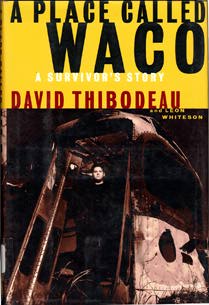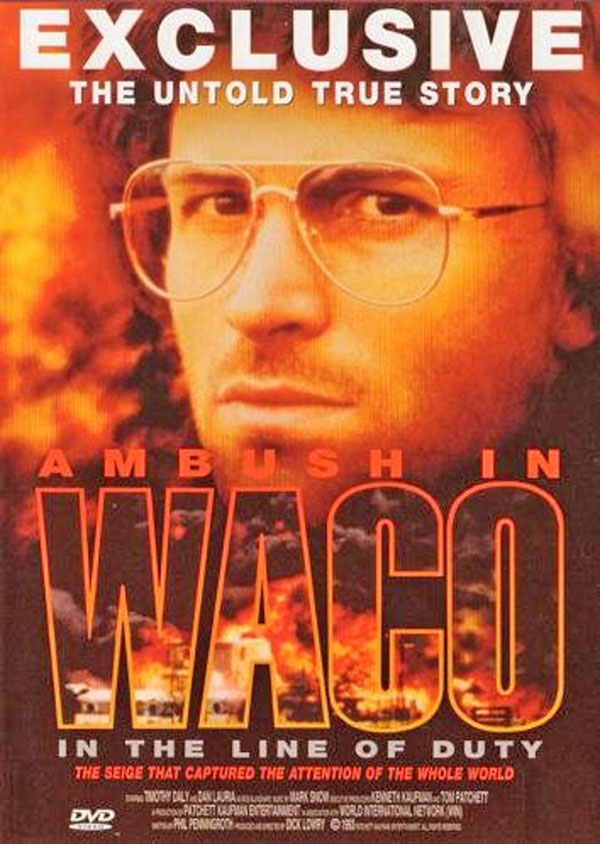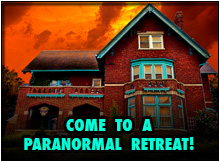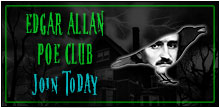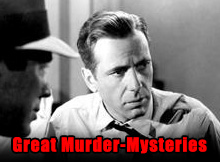The Roswell UFO CoverUp
CoverUps.com
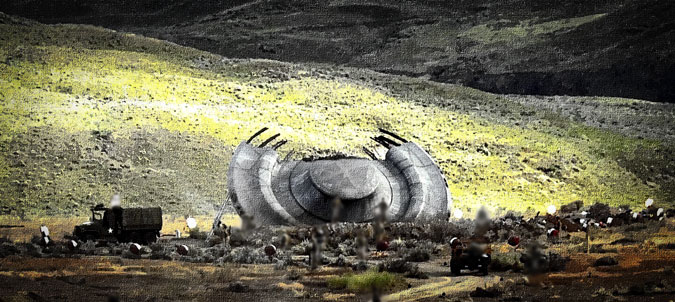
In the early summer of 1947, William Brazel, a foreman working on the Foster homestead, noticed debris approximately 30 miles north of Roswell, New Mexico. The U.S. military claims that it came from the crash of an experimental high-altitude surveillance balloon belonging to what was then a classified (top secret) program. But many UFO proponents charge that an alien craft was found, that the bodies of its deceased occupants were recovered, and that the military perpetrated a massive cover-up.
"Alien Crash" Theory * Roswell in the Movies
Four Faces of U.S. * Visitor Comments * The CoverUp: Why?
UFO Museum in Roswell New Mexico
THE ROSWELL INCIDENT, 1947
On the evening of July 2, 1947, a bright, disk-shaped object was seen flying over Roswell, New Mexico, heading northwest. The following day widely scattered wreckage was discovered about seventy-five miles northwest of Roswell by a local ranch manager, William Brazel, together with his son and daughter. Authorities were alerted and a quantity of wreckage was recovered by Major Jesse Marcel, a staff intelligence officer of the 509th Bomb Group Intelligence Office at the Army Air Forces base at Roswell Field, together with a Counter-Intelligence Corps officer.
When officers returned to the Roswell base, an official press statement was released, authorized by Colonel William Blanchard, confirming that disk wreckage had been recovered. Shortly after that, Marcel was ordered to load the debris on a B-29 and fly it to Wright Field (now Wright-Patterson AFB) at Dayton, Ohio, for examination.
On arrival at an intermediate stop at Carswell Army Air Forces Base, Fort Worth, Texas (headquarters of the Eighth Air Force), General Roger Ramey took over and ordered Marcel and others on the plane not to talk to reporters. A second press statement was issued which stated that the wreckage was actually the remains of a weather balloon and its attached tinfoil radar target, and this was prominently displayed at the press conference. Meanwhile, the "real" wreckage arrived at Wright Field under armed guard; Marcel returned to Roswell, and Brazel was held incommunicado for nearly a week while the crash site was stripped of every scrap of debris.
A news leak via press wire from Albuquerque describing this fantastic story was interrupted and the radio station in question was warned not to continue the broadcast: "Attention Albuquerque: Cease Transmission. Repeat. Cease Transmission. National Security Item. Do Not Transmit. Stand By..."
The unidentified wreckage, scattered over an area three-quarters of a mile long and several hundred feet wide, consisted of various types of debris, which according to Major Marcel was like nothing he had seen before or since. In his words, "There was all kinds of stuff – small beams about three eighths or a half inch square with some sort of hieroglyphics on them that nobody could decipher. These looked something like balsa wood, and were of about the same weight, except that they were not wood at all. They were very hard, although flexible, and would not burn. There was a great deal of unusual parchment-like substance which was brown in color and extremely strong, and a great number of small pieces of a metal like tinfoil, except that it wasn't tinfoil."
Marcel added that one piece of metal foil, two feet long and a foot wide, was so durable it could not be dented with a sledgehammer, despite being incredibly light. Marcel was convinced that it had nothing to do with a weather balloon or a radar target. His testimony cannot be dismissed, owing to his background in aviation: he'd served as bombardier, waist-gunner, and pilot, had logged 468 hours of combat flying in B-24 aircraft, and was awarded five air medals for shooting down enemy aircraft in World War 2. Toward the end of the war he was attached to the 509th Bomb Wing, an elite military group that required high-security clearances. Following the Roswell incident he was promoted to Lieutenant Colonel and assigned to a Special Weapons Program.
Marcel was certain that no bodies were found among the debris, and that whatever the object was it must have exploded above the ground. But evidence suggests that there was another crash site, in an area west of Socorro, New Mexico, known as the Plains of San Agustin, where witnesses discovered not only a damaged metallic "aircraft" resting on the ground, but also dead bodies.
PHOTOGRAPHS
Hover your mouse over the pictures below for captions.

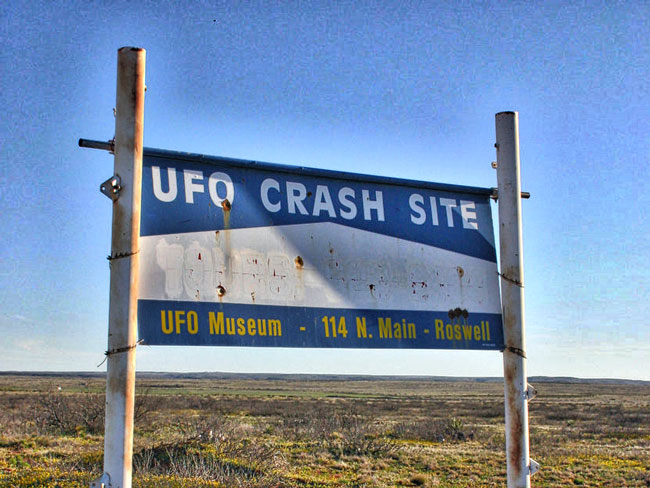
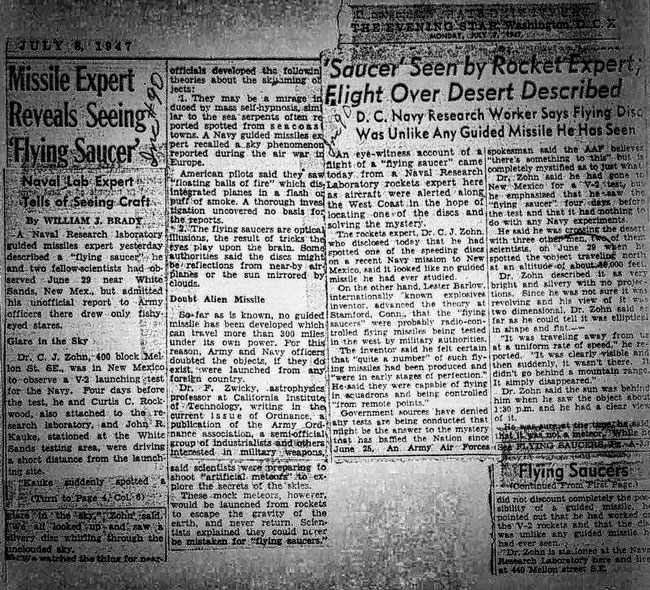
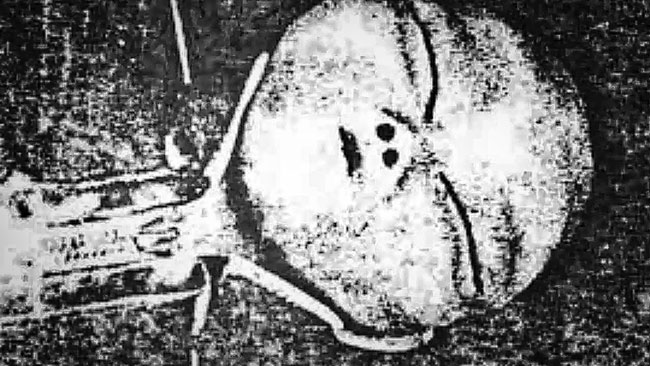
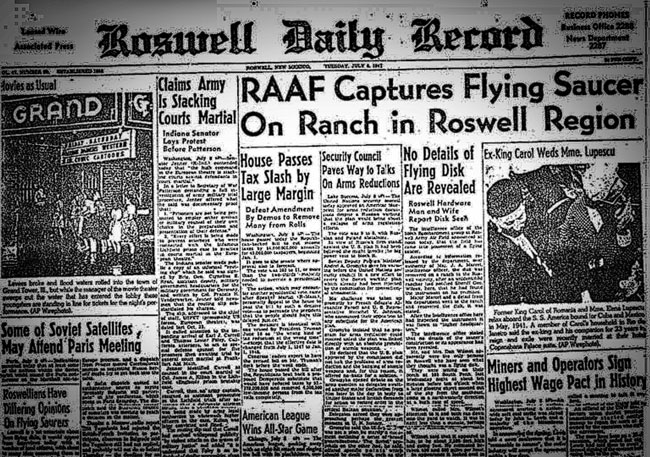
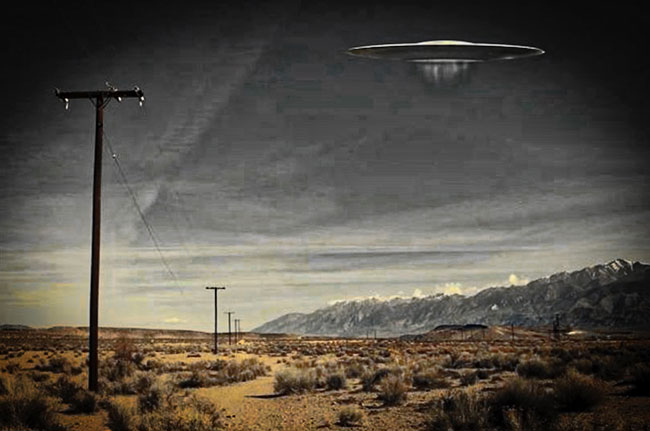
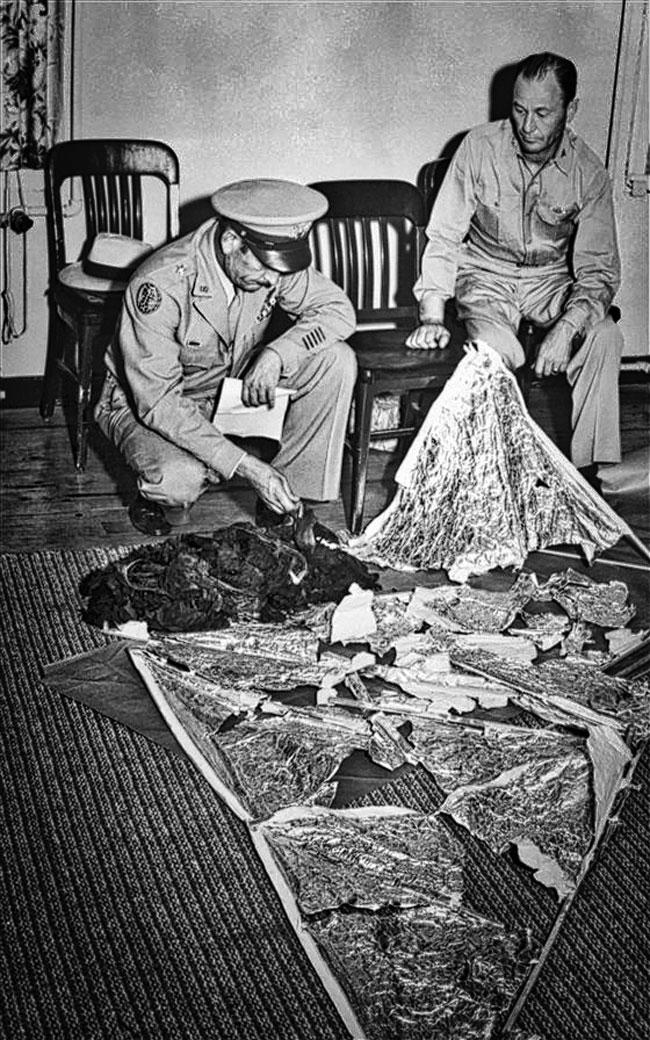
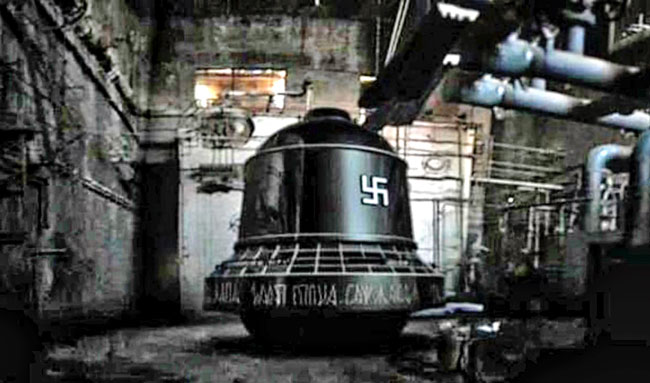
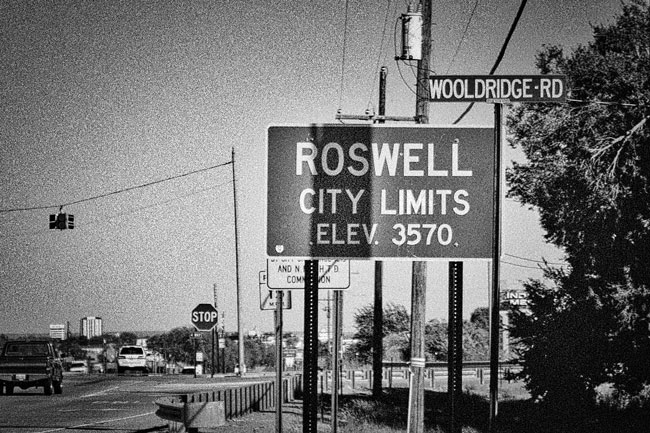
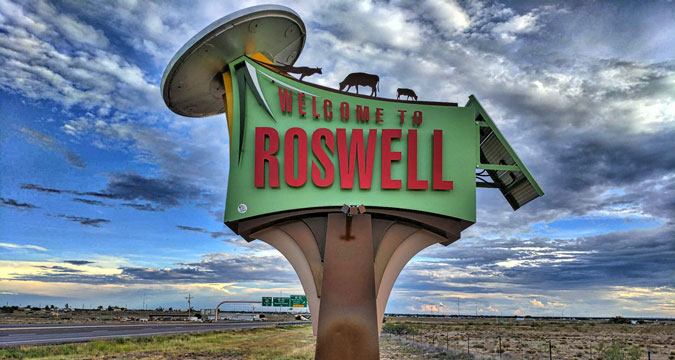

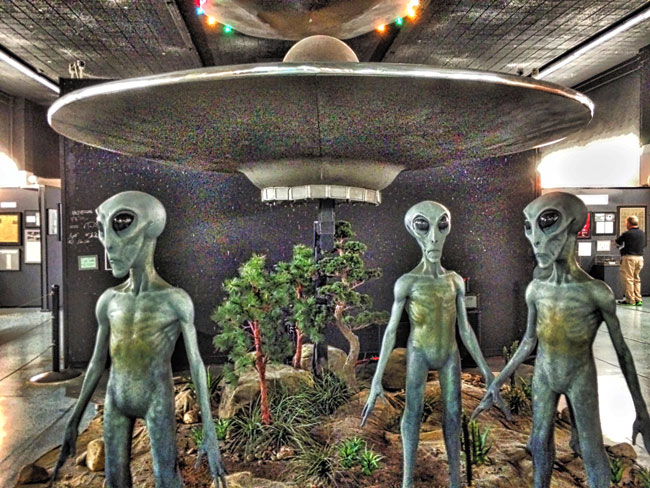
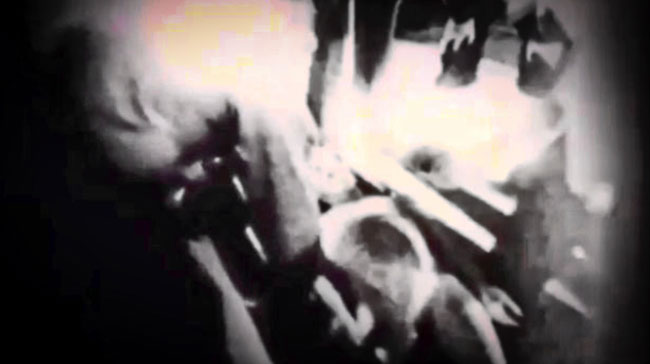
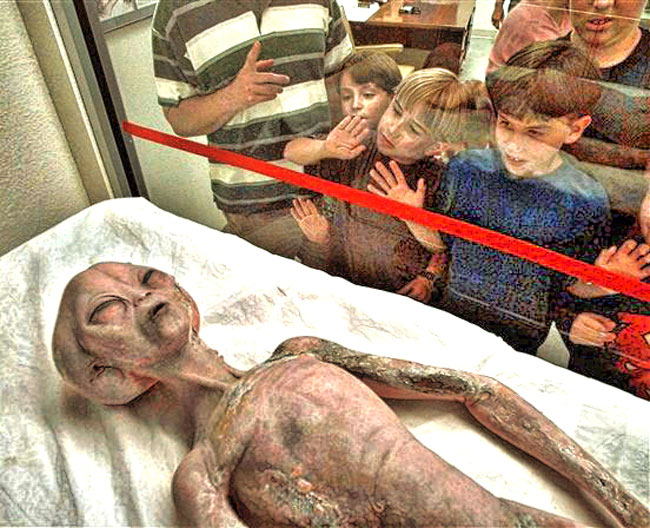
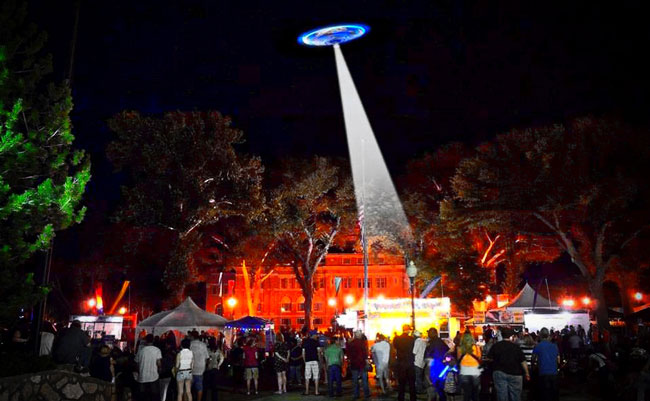

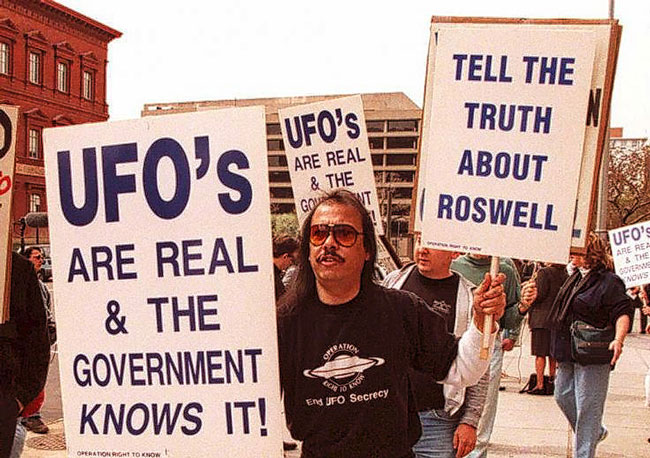
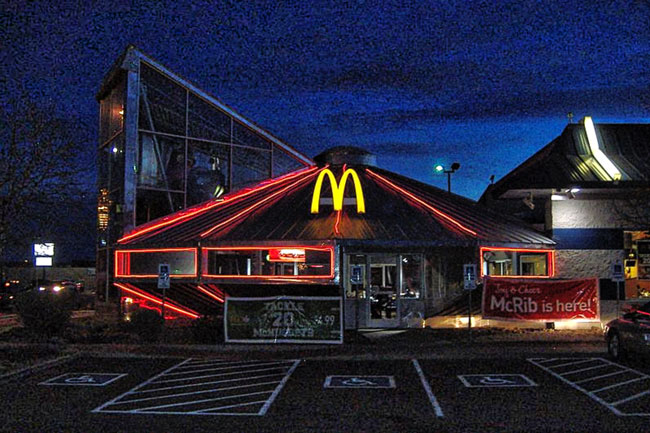


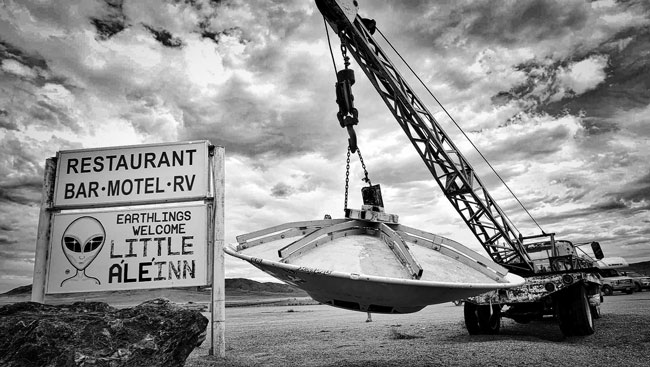
Roswell CoverUp Content Copyright © 1999 to by The Web Network Inc All Rights Reserved
Great CoverUps * Movie CoverUps
GreatHotels.com * HistoricClub.com * MovieActors.com * MurderMysteries.com * Romances.com

